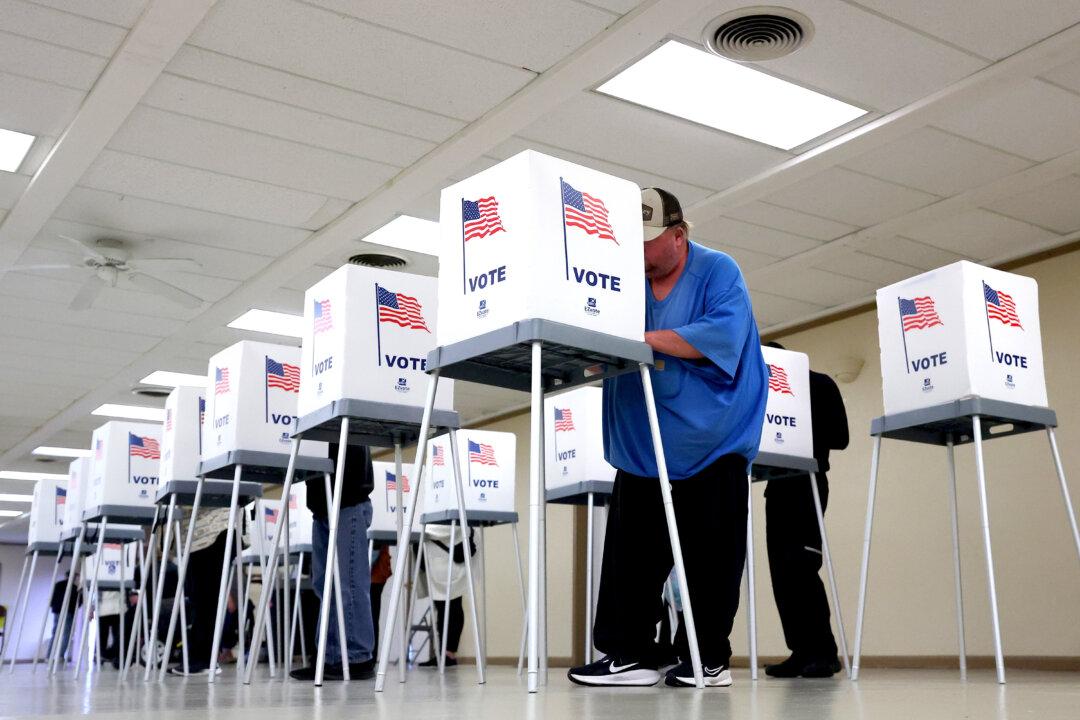Queensland’s Chief Health Officer, John Gerrard, said that going forward in the pandemic health authorities in the Australian state would be looking for any “exponential increases” in case numbers in the community, and or, in hospitals, with vaccinated cases expected to have “mild” symptoms.
This marks a shift away from monitoring daily case numbers and comes on the day Queensland reopened its borders to allow vaccinated travellers to enter without quarantine so long as they get a negative PCR test within 72 hours of travel.
Despite screening travellers for COVID-19 prior to travel, it is expected that some travellers will be incubating the virus and bringing it into Queensland.
However, Gerrard cited high rates of vaccination in the state as offering protection to most Queenslanders.
“Up until now, because of the high vaccination rates, all we’ve been seeing are spot fires and for the most part, these spot fires have been brought under control,” Gerrard told reporters on Monday, his first day in the job.
“But as time goes by it is highly likely—it’s inevitable—that the case numbers will increase.”
The chief health officer said he expects “hundreds of extra spot fires” in the coming months, with vaccinated people spreading the virus throughout the community.
But Gerrard, who has treated COVID-19 patients since the state of the pandemic, said the illness in vaccinated people was often asymptomatic or like a “mild cold.”
“They don’t get very sick at all. They may get no symptoms, or they may get a mild cold. These aren’t people that will be filling up our hospitals,” he said.
This would mean that most of the cases of the coronavirus would be managed from home in the future.
With vaccinated cases being managed from home, the chief health officer expects the “vast majority” of COVID-19 hospitalisations to be unvaccinated cases, along with a “small minority” of elderly people or those with immune dysfunction.
Health authorities in Australia don’t expect to get a clearer picture of the impact of the Omicron variant for a few months.
“But early data suggests that the vaccine is effective (against Omicron) and that particularly with a third dose after the five months ... there is a good antibody response and it’s likely that this will be very effective in preventing Omicron infection,” Gerrard said.





